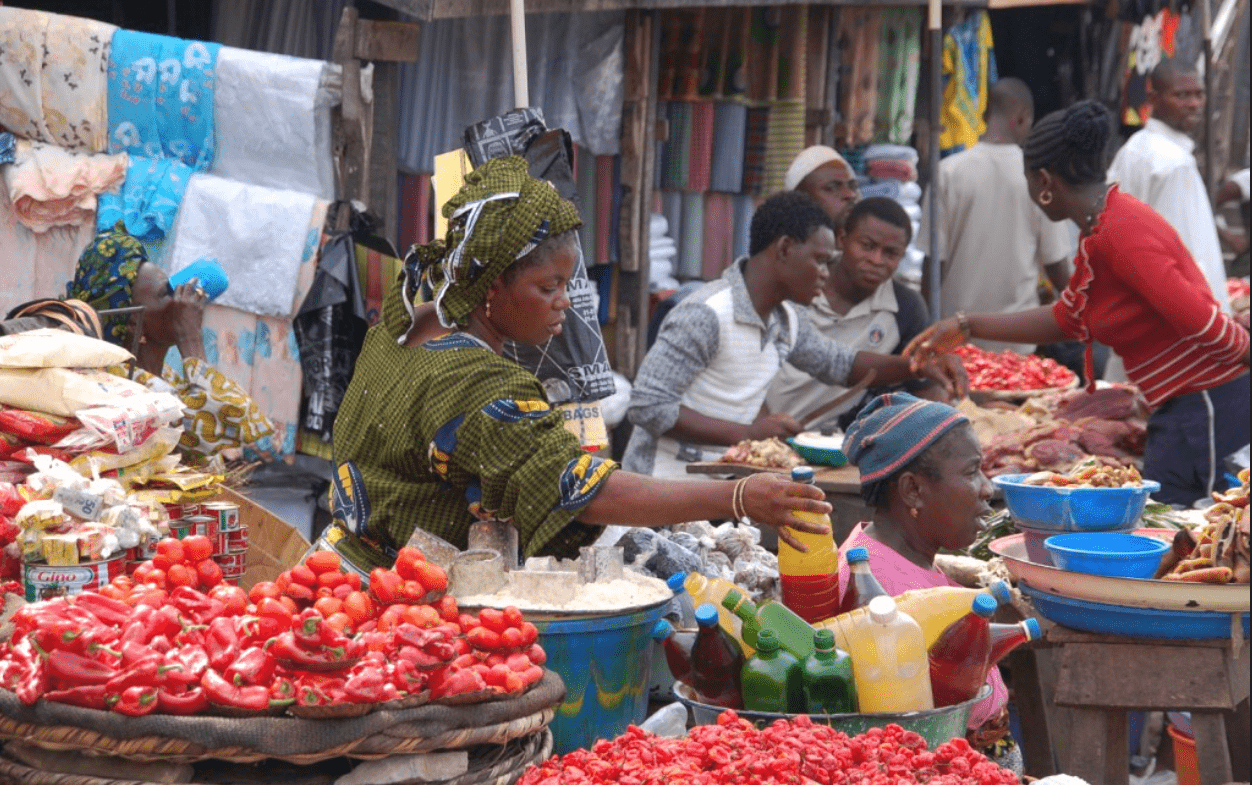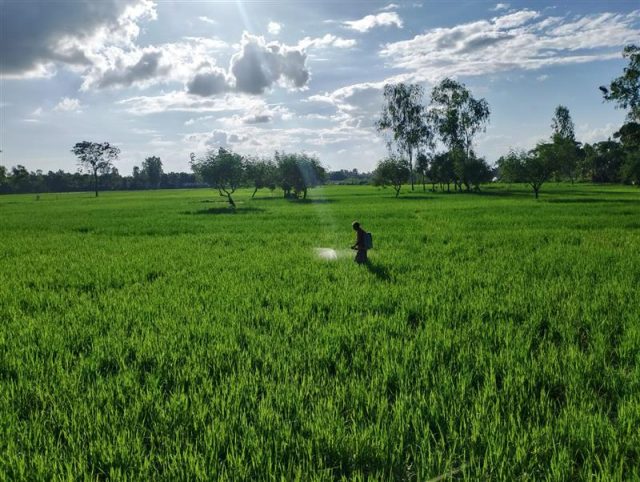New methods aren’t always silver bullets: Challenges with use of the inverse hyperbolic sine transformation for elasticity estimation
- From
-
Published on
29.09.20
- Impact Area

How do different types of expenditures relate to households’ overall budgets? To characterize this relationship, economists frequently use demand elasticities, which are the percent change in expenditures on a given item (or group of items) associated with a percent change in their budget. Using household expenditure data, a simple way to generate an elasticity estimate is by regressing the logarithm of a type of expenditure on the logarithm of either total expenditures or food expenditures. Use of the logarithmic transformation is ubiquitous in empirical economics research. However, one drawback is that logarithmic transformations are undefined at zero (as well as negative values). Thus, when zeros are present in data they are dropped from any ensuing analysis once the transformation is applied, biasing the remaining estimates as they relate to the original sample.
To deal with this issue, researchers have recently begun using the inverse hyperbolic sine transformation (IHST) when estimating elasticities, defined as IHST(Z) = log (Z + (Z2+1)0.5). The IHST behaves similarly to a log transformation for positive values, but has the added benefit of remaining defined for zeroes and negative values. In recent years, its use over a broad range of applications has become widespread. In a recent paper, Bellemare and Wichman provide guidance on how to convert IHST regression coefficients into conventional elasticities. They note that the IHST is distorted for “small” values (under 10), and suggest scaling the underlying variable (i.e., multiplying it by a constant) before applying the IHST transformation as a way to address the issue.
Photo credit: IITA
Related news
-

Cultivating climate-smart rice: How specific cultivars and smarter fertilizing can cut emissions and maintain yield
International Rice Research Institute (IRRI)19.11.25-
Climate adaptation & mitigation
-
Food security
By Bushra Humaira Sadaf A team of researchers from the Bangladesh Rice Research Institute (BRRI), I…
Read more -
-

Australia partners with International Livestock Research Institute to upskill researchers from Africa and Asia
International Livestock Research Institute (ILRI)13.11.25-
Food security
-
Poverty reduction, livelihoods & jobs
Australia has joined forces with the International Livestock Research Institute (ILRI) to support th…
Read more -
-

Next-gen rice lines top check varieties at 7.5 t/ha in ESA
International Rice Research Institute (IRRI)11.11.25-
Food security
MOROGORO, Tanzania (8 October 2025) — Elite rice lines are outperforming the current popular varie…
Read more -
